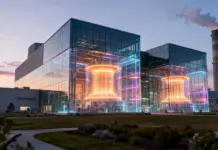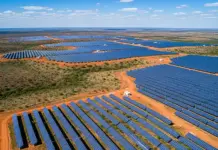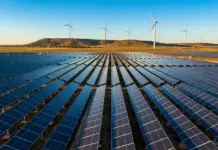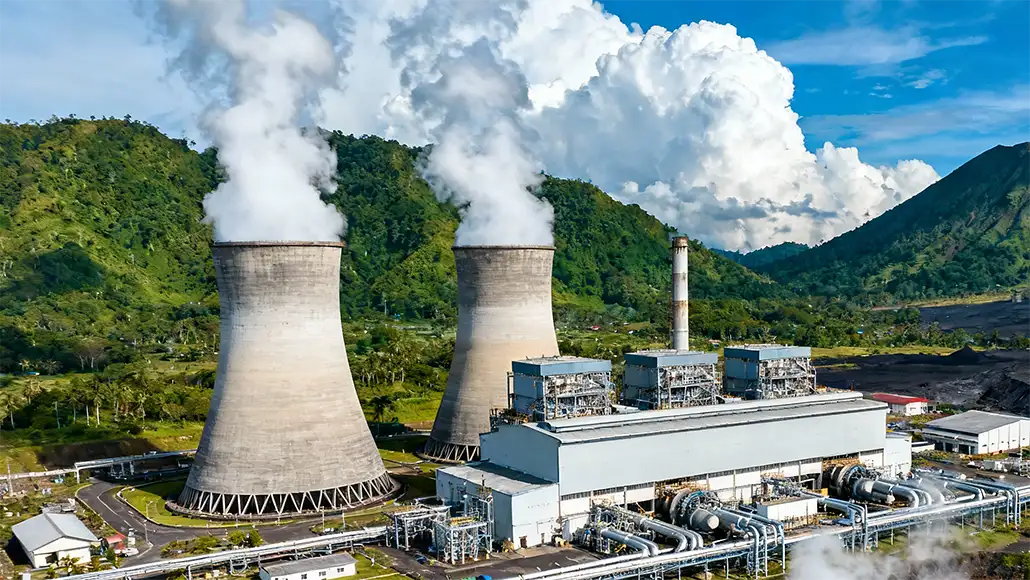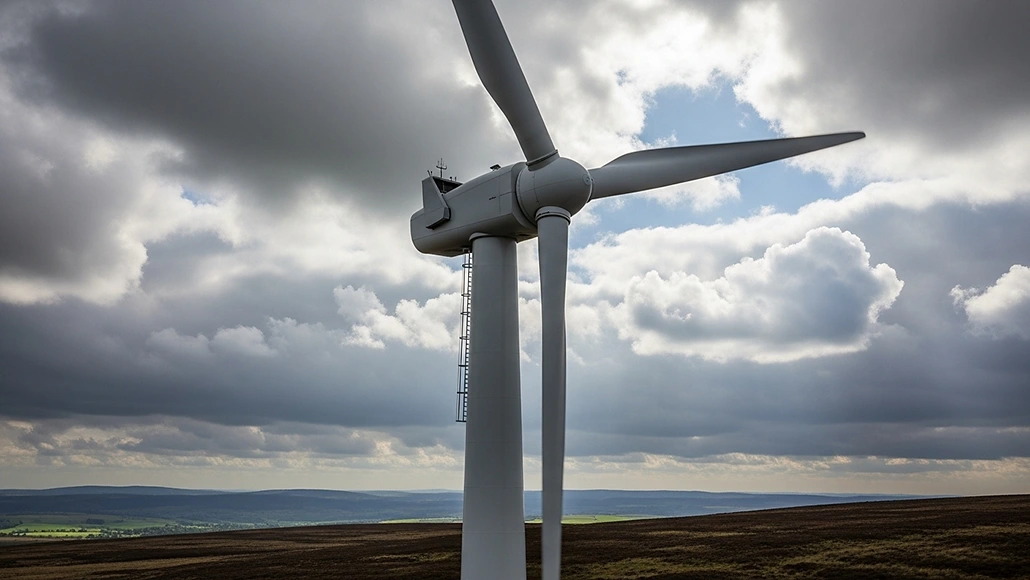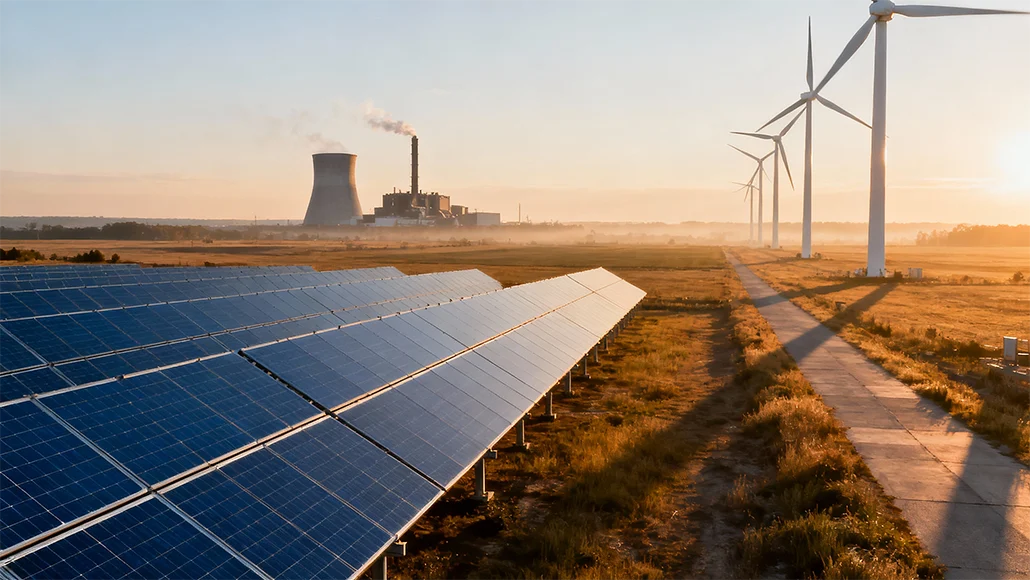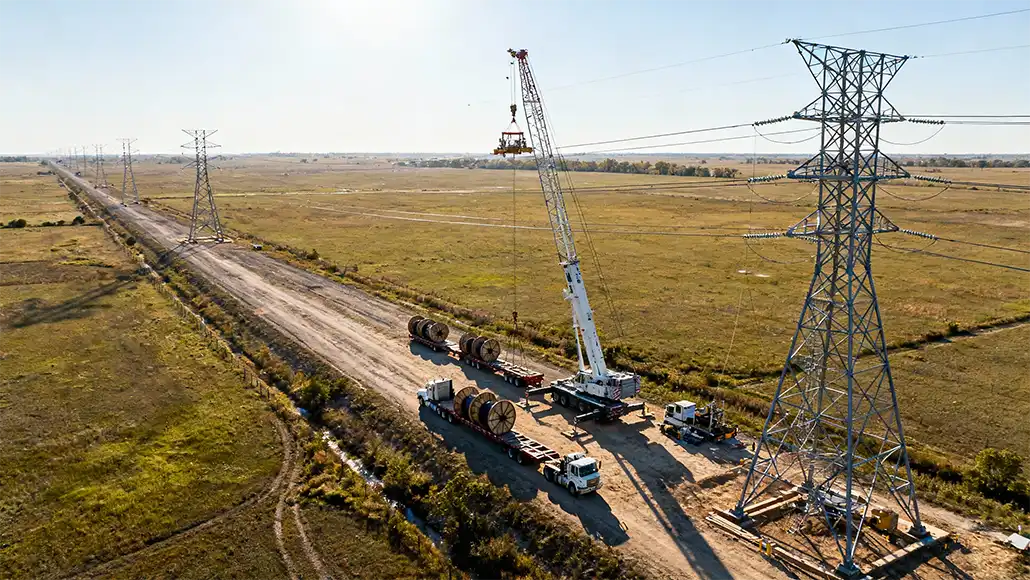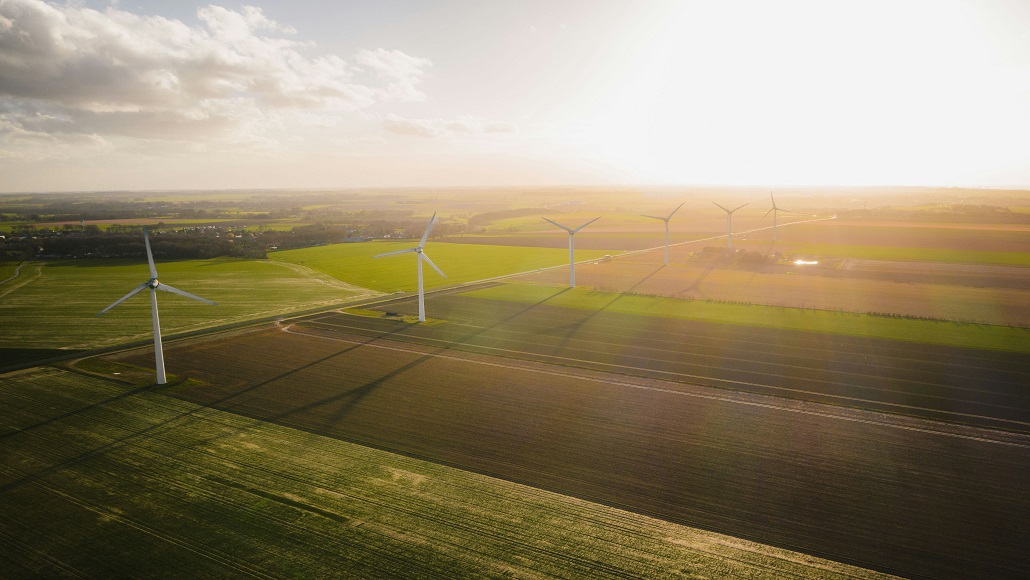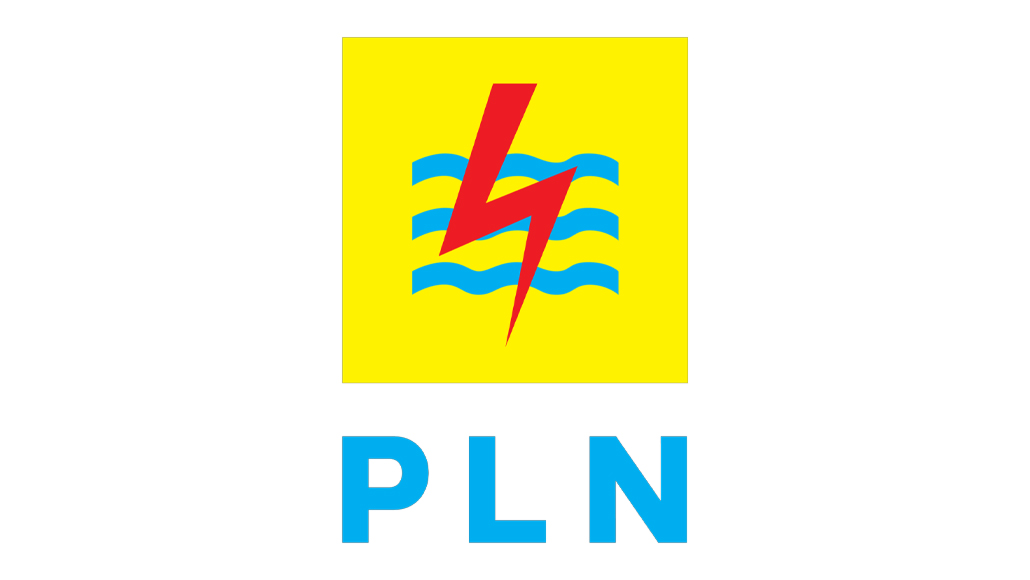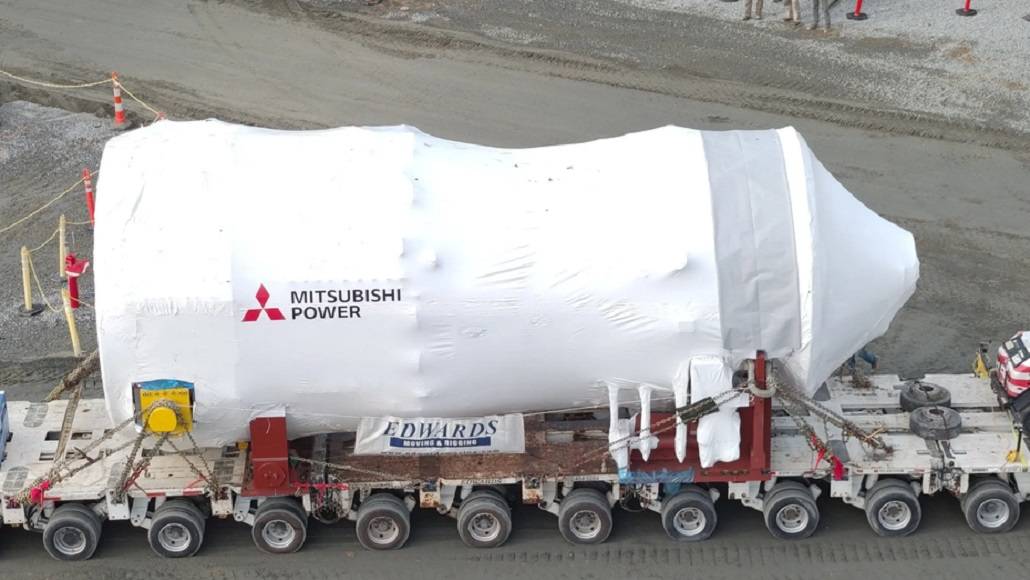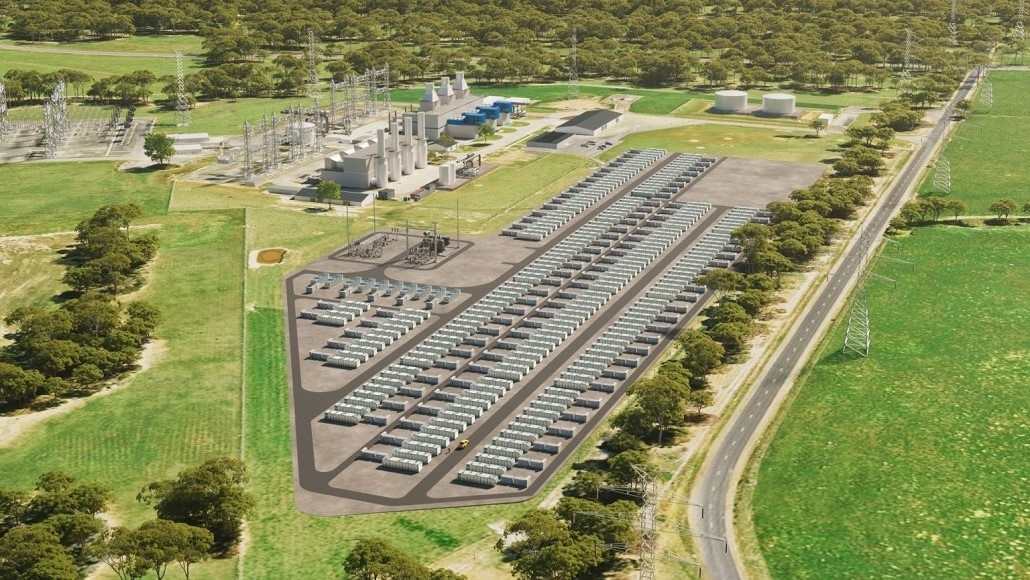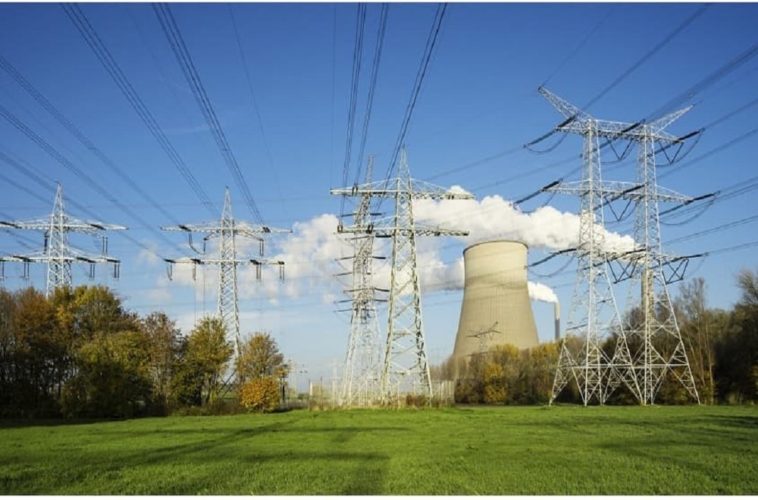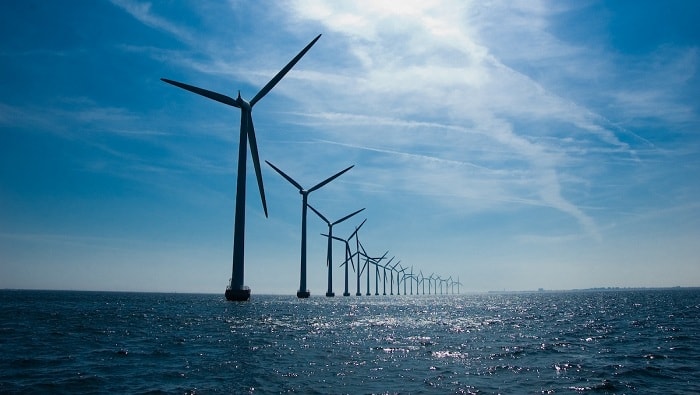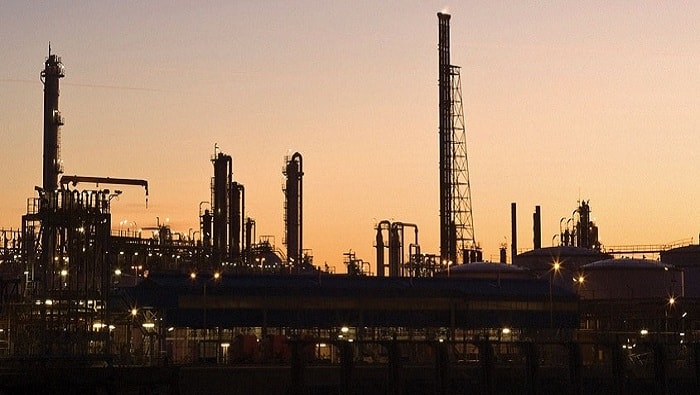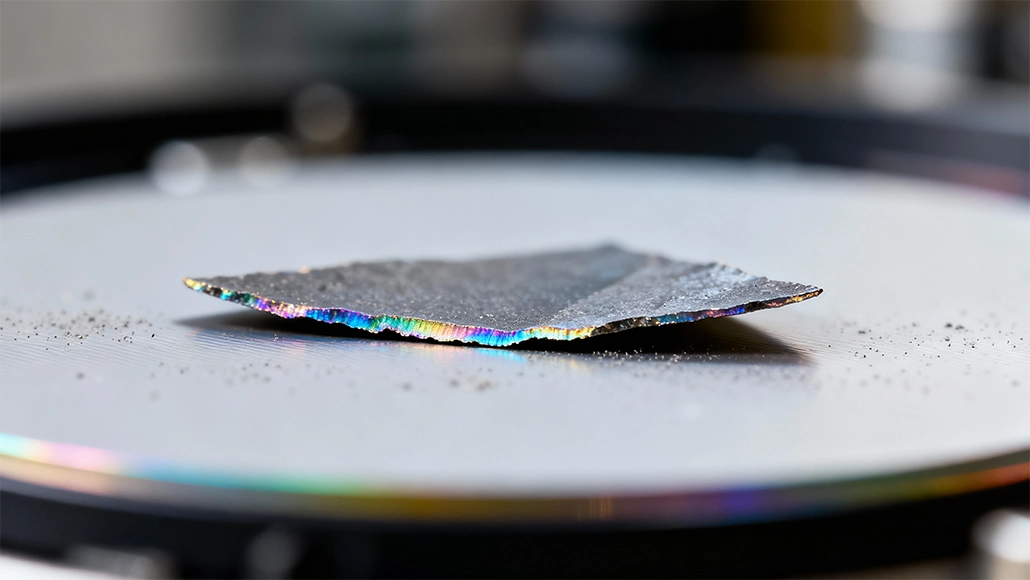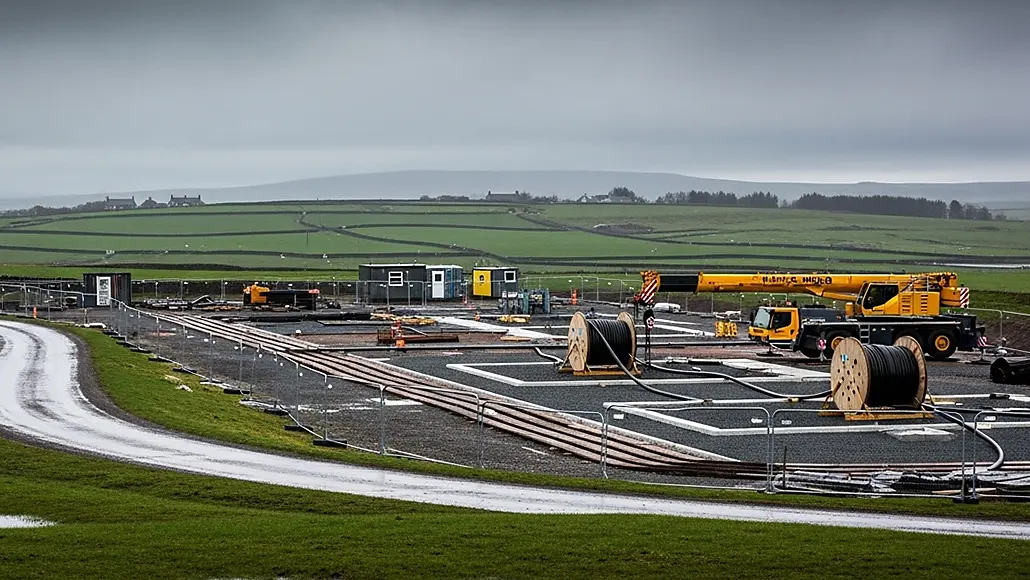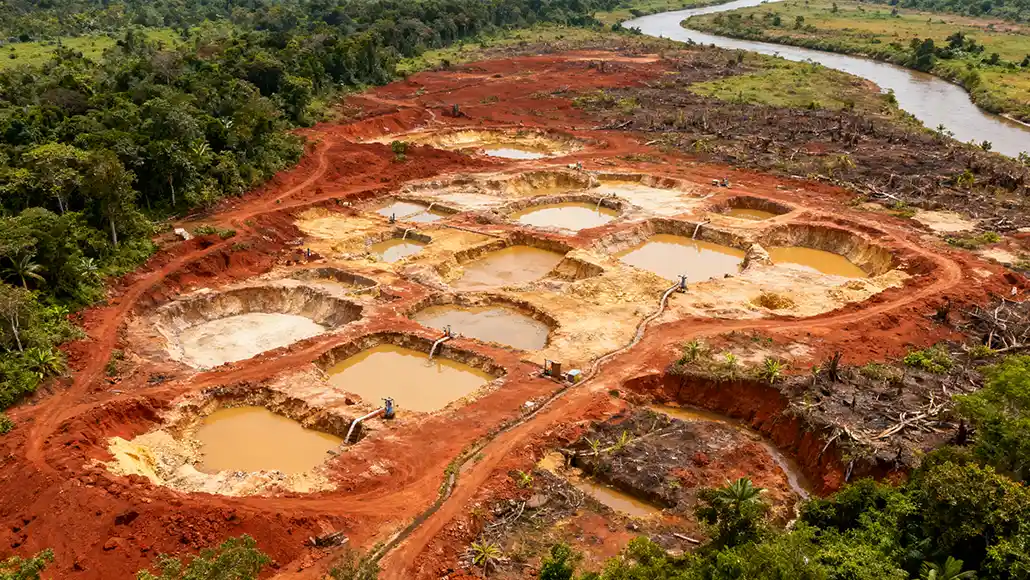In quite a startling revelation, a boom within the artisanal gold mining in Ghana has gone on to drive the mercury contamination to certain dangerous levels in host communities, where the soil readings in some areas reached 134 times the amounts deemed to be safe, as per a government-backed study.
Pure Earth, the New York-based environmental group, and the Environmental Protection Authority of Ghana’s report happens to be based on a year of samples that were taken from soil, crops, water, and fish throughout six of Ghana’s thirteen mining regions.
It is well to be noted that rising bullion prices have gone on to contribute to the fast growth in the poorly regulated artisanal sector, which happens to comprise small-scale gold miners, therefore raising concerns in terms of potential health consequences. The sector has already exported 66.7 metric tons in the initial eight months of 2025, worth $6.3 billion, as compared to almost 54 tons for the entirety of 2024. In spite of the efforts put in by Ghana so as to separate fully regulated mining from illegal activity, gold flows often go on to overlap, blurring the lines and, at the same time, complicating enforcement.
Apparently, the researchers recorded mercury levels across soil at Konongo Zongo, averaging 56.4 parts per million, which, by the way, happens to be way above the 10-ppm safety threshold, which has been set by the World Health Organization. Peak readings in this locality hit 1,342 ppm throughout the research period.
Cumulative exposure is indeed a major health hazard
Apart from the mercury contamination, arsenic levels have also gone on to reach 10,060 ppm, which is over 4,000% more than the WHO guidelines, said the report.
According to the WHO, the high arsenic exposure can go ahead and cause skin damage and also kidney failure and at the same time also increase the risk of lung, skin, and bladder cancers because of contaminated water as well as food.
On September 18, the report, which was released to environmentalists as well as government officials at a meeting in Accra and thereafter was made available to Reuters, said that the cumulative exposure to this cocktail in terms of toxic metals by way of numerous pathways such as ingestion, inhalation, and dermal contact happens to be a very serious health hazard that, without a shred of procrastination, needs immediate intervention.
The fact is that its consequences may already be apparent in certain communities, said one of the members of the Pediatric Society of Ghana, Anthony Enimil. This society happens to be a child health lobby group.
He added that they are seeing more children coming from mining areas with certain kidney disorders, with some on dialysis, and their X-rays show the mercury pellets within their bodies post accidental ingestion.
The General Secretary of the Ghana National Association of Small-Scale Miners, Godwin Armah, remarked that the mercury pollution coming from artisanal gold mining in Ghana is going to take time to address.
He said that they have banned the usage of mercury in gold amalgamation and at present make use of the Gold Kacha, which happens to be a relatively safer alternative. They are also stepping up sensitization, thereby referring to a simple device that is made use of by artisanal miners in order to separate gold.
It is well to be noted that toxic pollution, which comes largely from unregulated as well as small-scale gold mining, happens to be prevalent throughout the 13 mining regions, as per A Rocha Ghana, the Accra-based lobby group, as well as environmentalists.
John Dramani Mahama, the President of Ghana, has promised a crackdown when it comes to unregulated mining and has also established the Ghana Gold Board in order to oversee the sector, although there are critics who opine that the progress is slow, with protests being staged by Ghanaians who are demanding stringent action against illegal mining.



